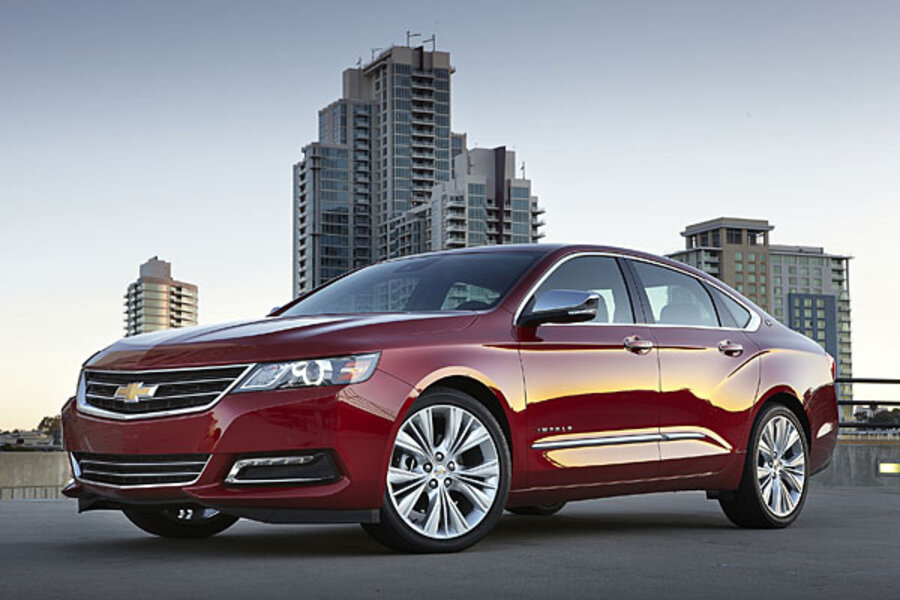General Motors uses research to make stop-start systems smoother
Loading...
Stop-start systems are the low-hanging fruit of city gas mileage, but like many fruits, they can be an acquired taste.
General Motors has attached such a system to its 2015 Chevrolet Impala with the base 2.5-liter Ecotec engine, and has worked hard to ensure it's actually a system drivers will want to use.
The concept of stop-start systems is fairly simple.
Below a certain speed, or when pulling to a halt, a car equipped with stop-start will turn off the engine. When not in motion, not using the engine is a great way of saving fuel.
Should a driver lift their foot off the brake pedal, or in a manual vehicle depress the clutch, the engine fires up again--ready to move away.
Software dictates when these systems shut down and start up again, and automakers typically fit beefier starter motors or larger batteries to handle the thousands of extra stop-start cycles a car will experience over its lifetime.
Some systems are more polished than others, however. Drivers will be less inclined to use a system that shudders to a halt and fires up noisily, or one that doesn't fire up quickly enough when they want to pull away. And a system the driver doesn't want to use isn't going to save any gas.
Chevrolet engineers have used experience from the firm's eAssist mild hybrid system to develop the Impala's stop-start.
"Stop/start system customer research indicates they want the engine to start up as quickly and smoothly as possible after a stop,” explains Chevrolet Global Vehicle Performance manager Mark Meyers.
They also want a system that can't be caught out. One situation that often flummoxes stop-start systems is something Chevy calls "change-of-mind" events--when a driver pulls to a halt, engaging the system, but wants to pull away just as the system is shutting the engine off.
Some vehicles can refuse to instantly restart in such an instance--not a problem in nose-to-tail traffic, but frustrating and even hazardous if you're trying to clear an intersection.
Chevrolet's engineers have designed algorithms that recognize such a scenario, and allow the starter to fire even if the engine has not completely shut off.
To prevent constant commotion from the starter in crawling traffic, or when parking, the Impala's stop-start will also not re-engage if the car hasn't moved above 6 mph since the last stop-start cycle. And factors such as cabin temperature, humidity, battery charge and more are considered by the car prior to engaging the system.
Finally, Chevy has worked hard to reduce noise and vibration with new engine mounts--plus, the use of a heavy-duty starter motor for those extra cycles.
The net result is a five percent city mileage improvement, or one mpg. Doesn't sound a lot, but the EPA's tests are less representative of drivers caught in really heavy city traffic--so drivers with a particularly staccato commute may see greater benefits.
And while it can't match the old hybrid Impala Eco's EPA ratings, the new car should make up a third of Impala sales--so the overall impact could be higher.






